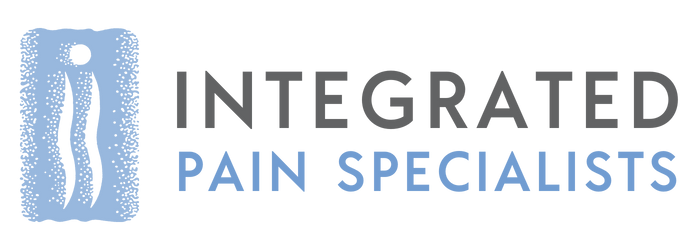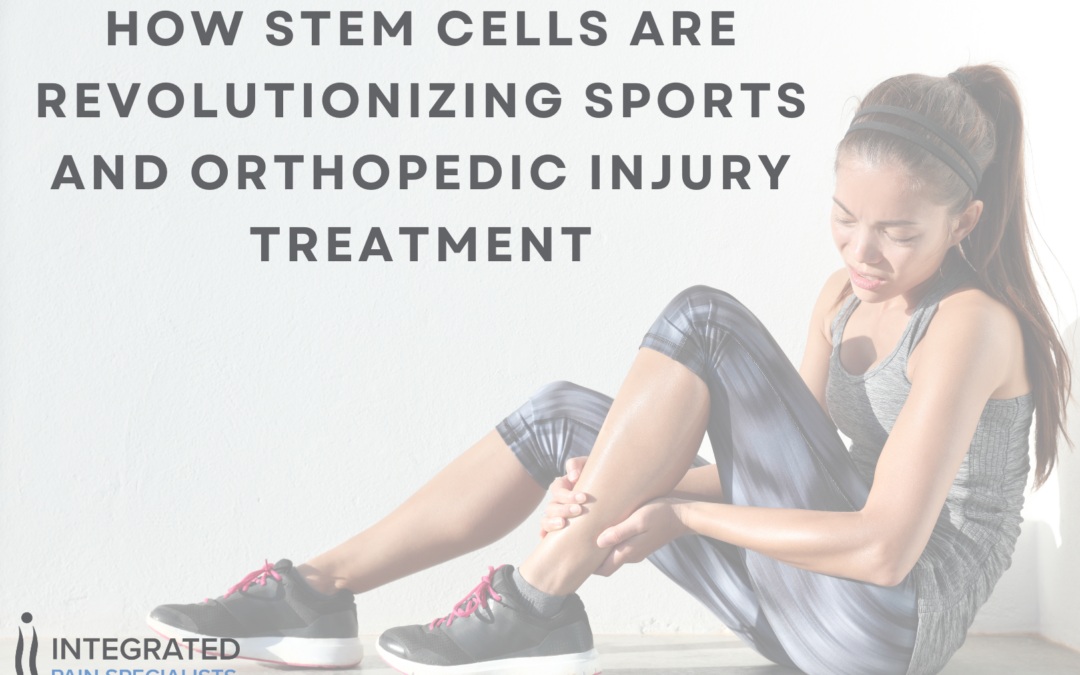Imagine a world where athletes can recover from injuries in weeks instead of months. A world where active adults can continue their favorite activities without the looming threat of chronic pain or invasive surgeries.
This is not science fiction. Welcome to the era of regenerative medicine, where stem cell therapy is transforming the landscape of sports and orthopedic injury treatment. In this blog post, we’ll explore how stem cell therapy is making waves, especially for athletes and active adults.
From understanding the basics to appreciating the intricacies of the process, you’ll gain insights into how this innovative treatment can enhance your quality of life.
The Rise of Regenerative Medicine
Regenerative medicine is a biomedical approach aimed at repairing and rejuvenating damaged tissues due to disease or injury. At its forefront are stem cell therapy and platelet-rich plasma (PRP) therapy. These treatments are revolutionizing how we approach chronic conditions and injuries by focusing on the body’s inherent ability to heal itself.
Regenerative medicine offers a promising alternative to traditional surgical interventions for athletes and active individuals. By leveraging the body’s natural healing processes, these treatments aim to restore function more quickly and with fewer risks.
Stem Cell Therapy in Utah: A Legal Triumph
Utah has become a hub for stem cell therapy, thanks to a long legal battle with the FDA that culminated in approval for its use within the state. The green light for stem cell treatments has opened new avenues for athletes and active adults seeking non-invasive alternatives to surgery.
This legal victory is more than a regulatory milestone; it signifies a broader acceptance of innovative treatments that offer real-world benefits. Athletes no longer need to seek treatment overseas, as some of the best options are now available right here in Utah.
Why Athletes Are Choosing Stem Cell Therapy
Stem cell therapy is quickly becoming the go-to option for top athletes dealing with injuries. Unlike traditional surgeries that often come with long recovery times and potential complications, stem cell treatments are minimally invasive and offer quicker recovery periods.
The ability to return to their careers more swiftly and in better overall health is a significant advantage for professional athletes. But this treatment isn’t just for the pros; it’s accessible to anyone looking to improve mobility and reduce pain.
Understanding the Process of Stem Cell Therapy
Stem cell therapy involves harvesting stem cells from your own body—typically from bone marrow or fat tissue—and then injecting them into the injured area. These cells have the unique ability to transform into various types of tissue, promoting healing and regeneration.
The procedure is relatively simple and usually completed within a couple of hours. It’s non-invasive, meaning there’s no need for lengthy hospital stays or extensive downtime.
Integrated Pain Specialists’ Unique Approach
At Integrated Pain Specialists (IPS), the focus is on a holistic approach to pain management. Their unique method involves a three-step process of Remove, Repair, and Regenerate:
- Remove:
Immediate pain and inflammation are targeted to lay the foundation for effective healing.
- Repair:
Damaged tissues and structures are healed, promoting true recovery rather than just masking symptoms.
- Regenerate:
Cutting-edge regenerative treatments stimulate the body’s natural healing processes, ensuring long-term relief and enhanced quality of life.
This comprehensive approach ensures that patients receive not just immediate relief but also long-term benefits.
The Legal Landscape of Stem Cell Therapy
The FDA has stringent regulations governing the use of stem cells to ensure patient safety. In Utah, the approval for stem cell therapy followed rigorous inspections and compliance with federal standards, making it a reliable option for those in need.
This regulatory framework ensures that treatments are safe and effective, providing peace of mind for patients seeking innovative solutions for their conditions.
Benefits and Success Rates
Stem cell therapy boasts a success rate of 90 to 95%, making it a highly effective treatment option. Benefits include:
- Improved mobility
- Reduced pain
- Faster recovery times
- Non-invasive treatment
These advantages make it an attractive option for athletes and active adults alike, offering a path to better health and increased physical activity.
What Types of Injuries Can Be Treated?
Stem cell therapy is versatile and can treat a wide range of sports and orthopedic injuries, including:
- Back Pain
- Elbow Injuries
- Herniated Discs
- Knee Injuries
- Rotator Cuff Tears
- Sciatica Pain
- Torn Ligaments
- Torn Meniscus
- Torn Muscles
This broad applicability makes it a valuable tool in the arsenal of anyone looking to maintain an active lifestyle.
The Science Behind Stem Cells
Stem cells are the body’s raw materials from which all other cells are generated. They can divide to form more cells, which then either become new stem cells or specialize into different types of cells with specific functions, such as bone, blood, or brain cells.
This ability to self-renew and differentiate is what makes stem cells so potent in treating various conditions, from injuries to chronic diseases.
Mesenchymal Stem Cells (MSCs)
Mesenchymal stem cells (MSCs) are a type of stem cell that can become various types of tissue, including bone, cartilage, and muscle. These cells are often used in stem cell therapy for their versatility and effectiveness in promoting healing.
MSCs are harvested from adult tissues, making the process ethical and relatively straightforward. Their ability to transform into the required tissue type at the injury site accelerates the healing process.
The Role of PRP Therapy
Platelet-rich plasma (PRP) therapy is another form of regenerative medicine that uses concentrated platelets from the patient’s blood to promote healing. While effective, PRP therapy often complements stem cell treatments rather than replacing them.
PRP therapy involves drawing blood, concentrating the platelets, and then injecting them into the injured area. This process enhances the body’s natural healing capabilities but lacks the cellular transformation potential of stem cells.
Combining Stem Cell and PRP Therapy
Both therapies have been used together to maximize healing, particularly in chronic pain treatment and wound healing. PRP provides a suitable microenvironment for stem cells, promoting their proliferation and differentiation.
This combination offers a comprehensive treatment approach, addressing immediate inflammation and long-term tissue regeneration.
Conclusion
Stem cell therapy is not just a futuristic concept; it’s a present-day reality transforming how we approach sports and orthopedic injuries. It offers a non-invasive, highly effective treatment alternative for athletes and active adults that promotes quicker recovery and better overall health.
If you’re looking to improve your mobility, reduce pain, and enhance your quality of life, consider exploring stem cell therapy. Integrated Pain Specialists in Utah offer advanced treatments tailored to meet your specific needs. Don’t wait—take the first step towards a pain-free, active lifestyle today.
Rediscover the joys of living your best life. Join the over 24,435 patients who have benefited from our comprehensive, cutting-edge treatments.

